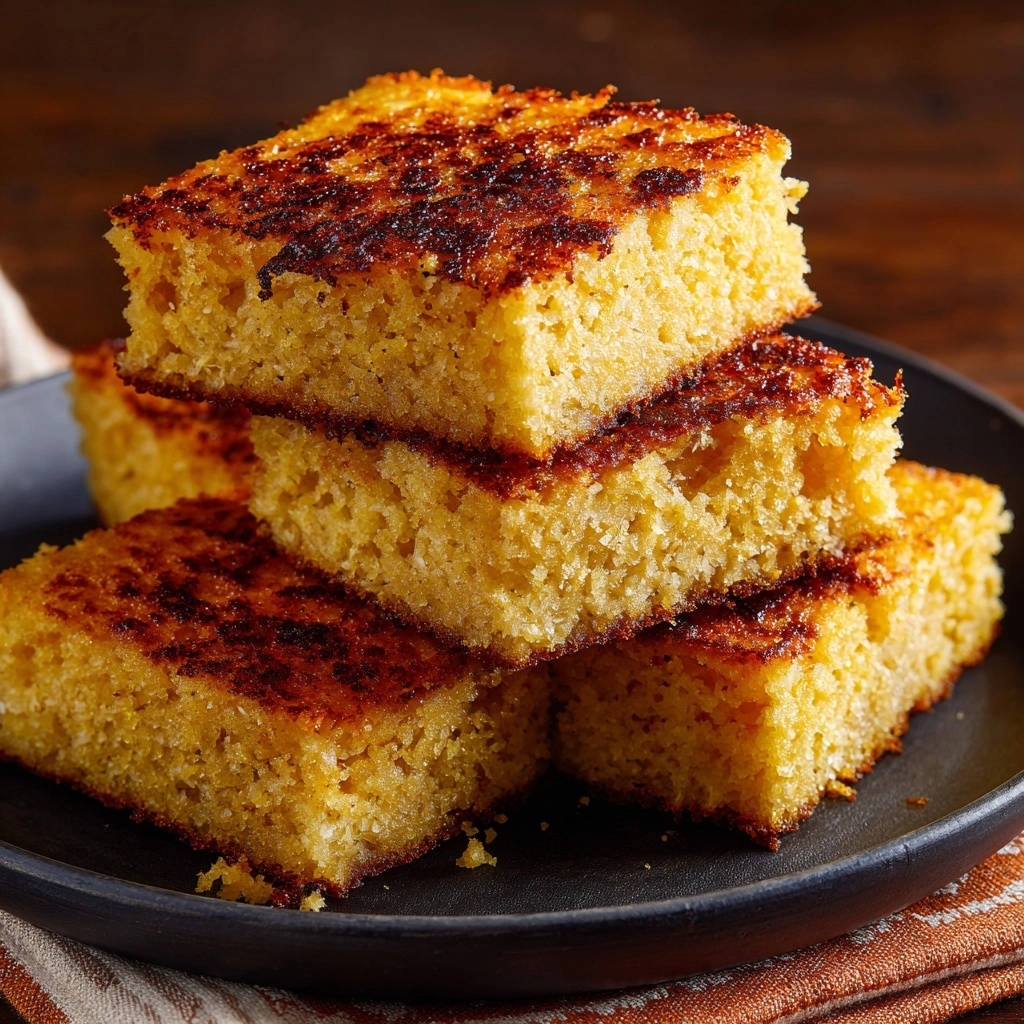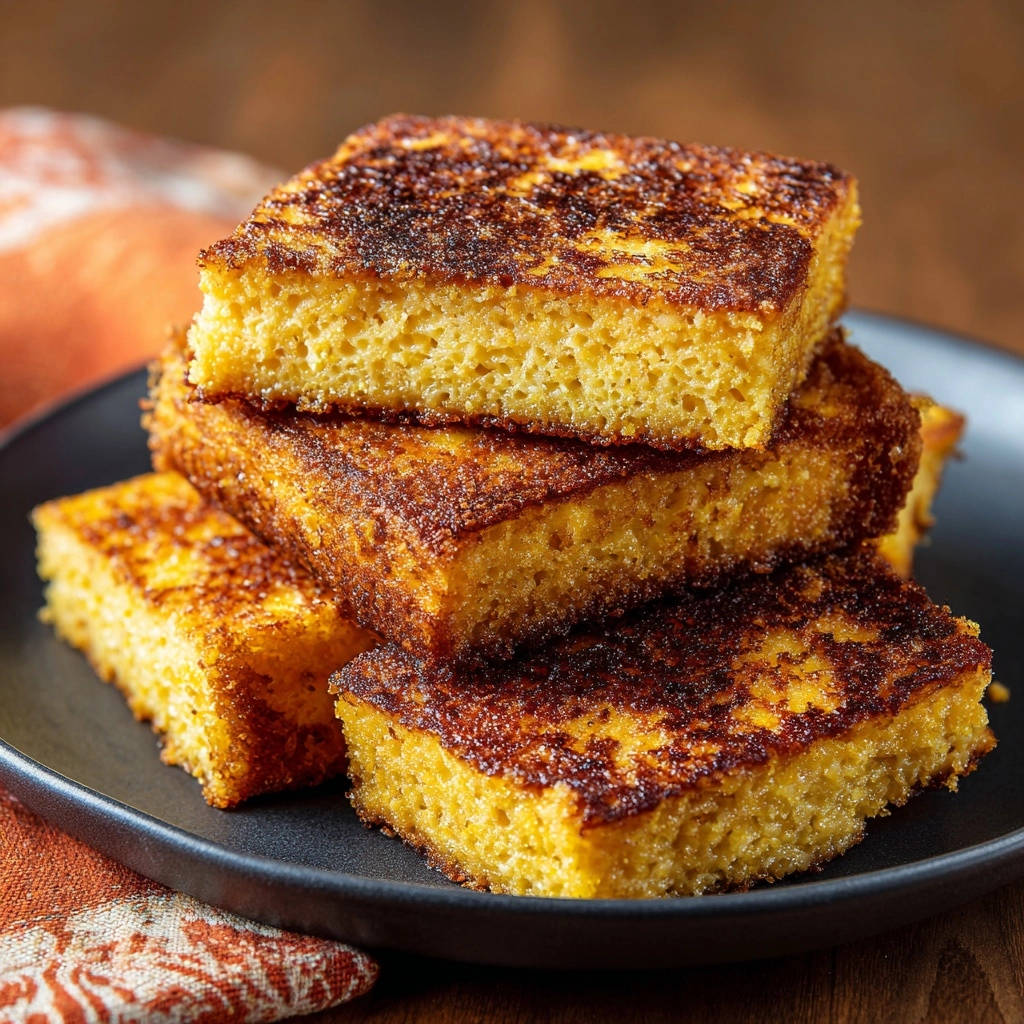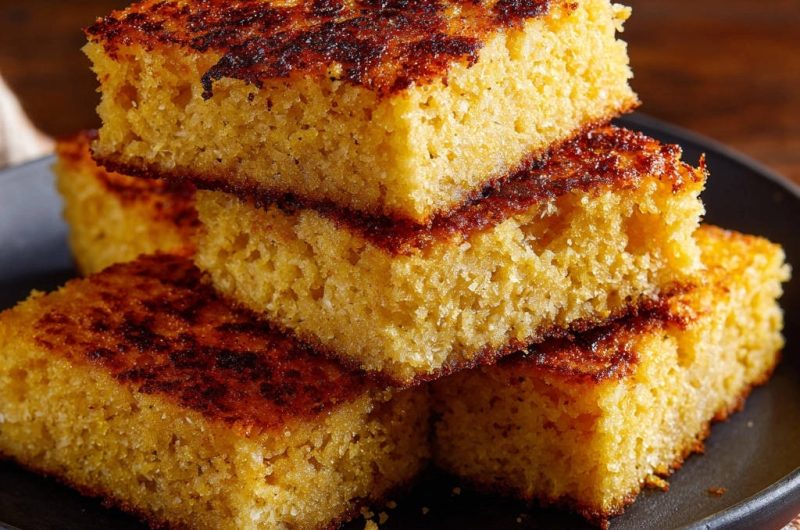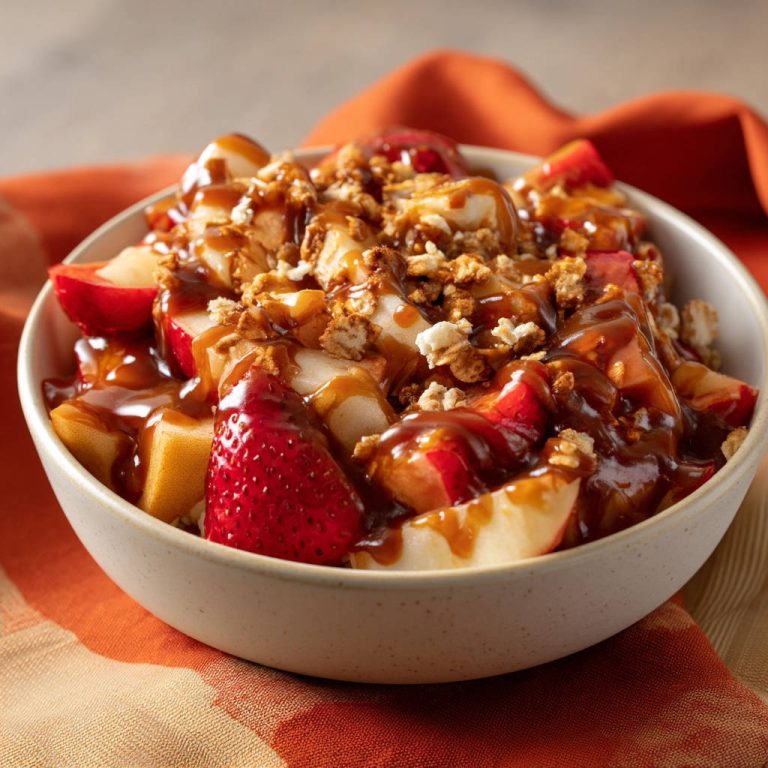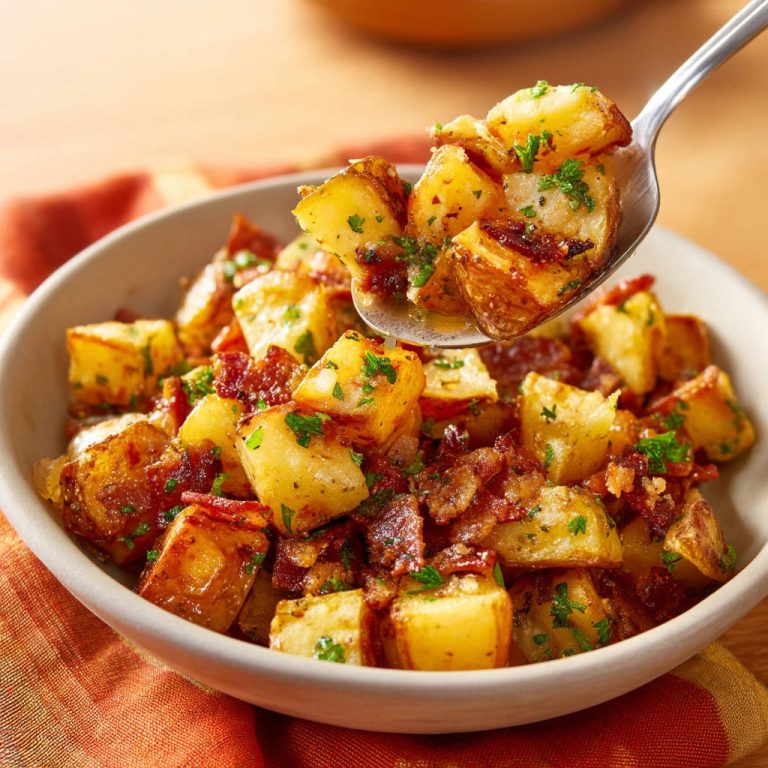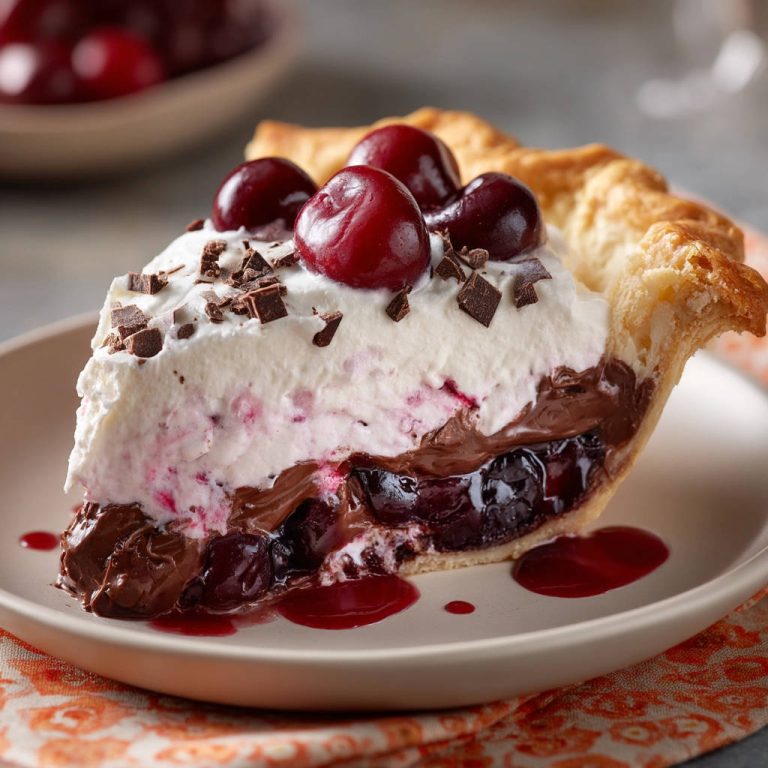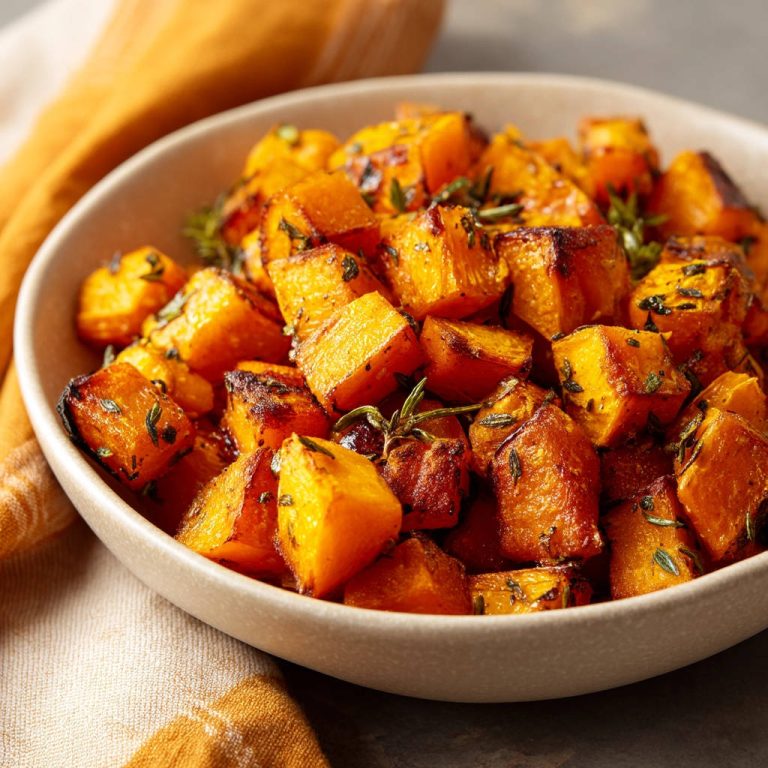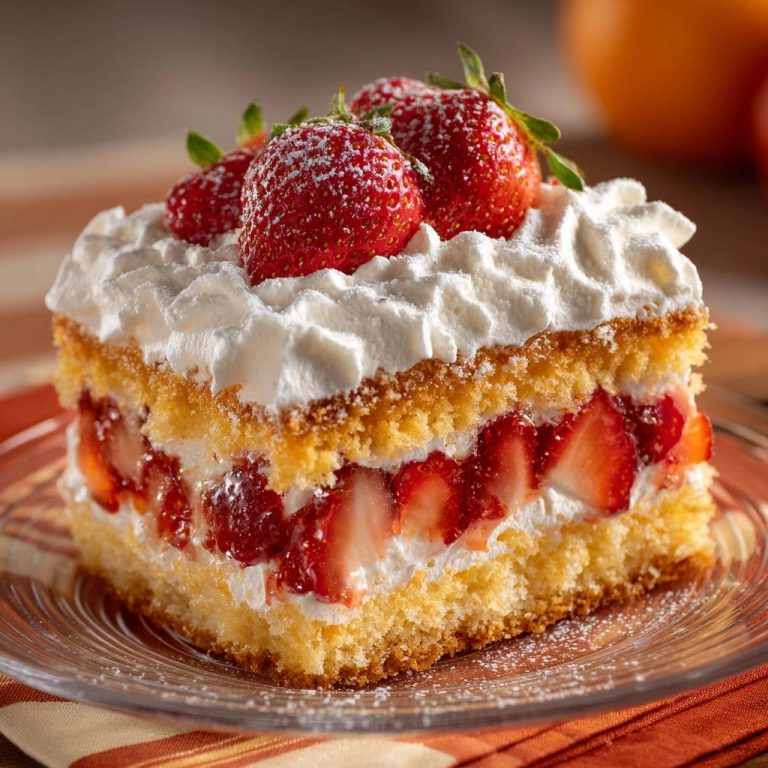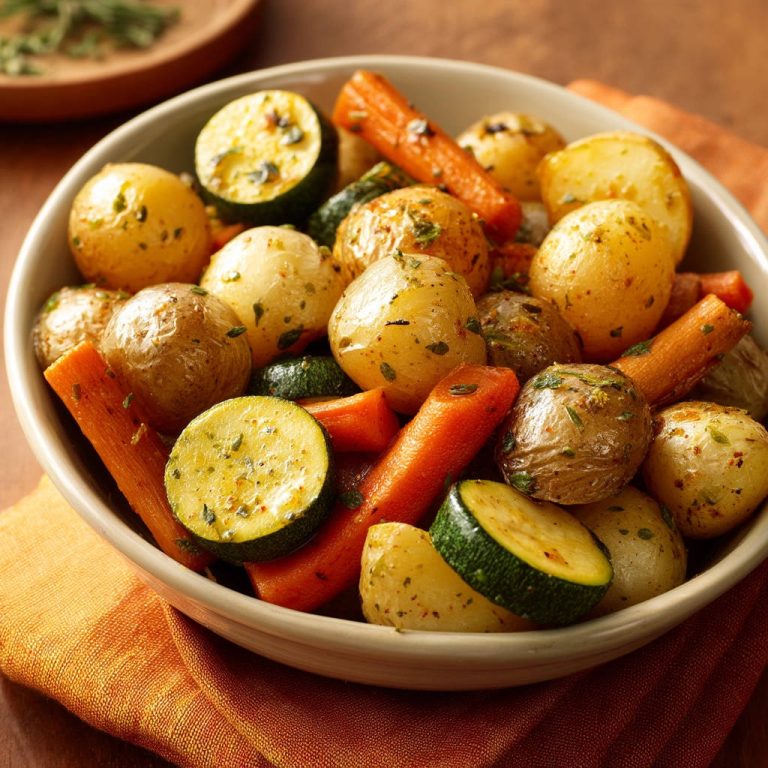If you’ve ever baked cornbread only to find it a bit dry or lacking that elusive crispy edge, you know the feeling. For years, I chased that perfect texture, a golden crust that gives way to a tender, moist interior. This hearty beef chili companion is the result of countless trials, finally perfecting the truly classic skillet cornbread that promises that satisfying crunch with every bite.
This recipe isn’t just about ingredients; it’s about a simple, powerful technique that guarantees success. Get ready to transform your cornbread game with this easy-to-follow guide, delivering a side dish that’s truly unforgettable.
Why This Cornbread Recipe Belongs in Your Kitchen
This isn’t just another cornbread recipe; it’s engineered for peak performance and flavor. It delivers on all the promises of truly great homemade cornbread.
The Golden Secret: Achieving That Unbeatable Crispy Crust
The magic happens before the batter even hits the pan. By preheating your cast iron skillet with butter, you create an instant sizzle when the batter is poured in. This immediate, high-heat contact forms that coveted golden-brown, crispy crust we all crave.
Inside Story: Consistently Moist and Tender Crumb
Beyond the crust, the interior of this cornbread remains incredibly moist. The careful balance of wet and dry ingredients, combined with avoiding overmixing, ensures a tender, fluffy crumb that never tastes dry or crumbly.
Simplicity Meets Delicious: Quick Prep, Perfect Results
With just 10 minutes of active prep time and 20-25 minutes in the oven, this recipe fits easily into any busy schedule. It’s perfect for a weeknight dinner or a last-minute gathering, proving that incredible flavor doesn’t have to be complicated.
Gathering Your Essentials: Ingredients for Irresistible Cornbread
Every ingredient in this classic skillet cornbread recipe plays a vital role. Quality matters for the best flavor and texture.
The Foundation: Cornmeal and Flour Power
Yellow cornmeal forms the backbone, providing that distinct cornbread flavor and rustic texture. All-purpose flour is added to tenderize the crumb and prevent the cornbread from becoming too crumbly, ensuring it holds together beautifully.
Liquid Gold: Milk, Egg, and Melted Butter
Milk, whether whole milk or buttermilk, provides essential moisture and richness; buttermilk adds a delightful tang and contributes to a tender crumb. The egg binds everything together, adding structure and moisture. Melted unsalted butter infuses rich flavor throughout the batter and creates that unparalleled crispy crust.
Leavening & Flavor: Baking Powder and Salt
Baking powder is our leavening agent, ensuring a light and airy texture. Salt balances the flavors, enhancing the sweetness of the cornmeal. An optional touch of granulated sugar can be added for a slightly sweeter profile, depending on your preference.
Your Essential Toolkit: Equipment for Perfect Skillet Cornbread
Having the right tools ensures your cornbread-making process is smooth and successful. A few simple items are all you need.
The Star Player: The Cast Iron Skillet Advantage
A well-seasoned 8 or 9-inch cast iron skillet is truly indispensable for this recipe. Its ability to retain and distribute heat evenly is the secret to achieving that wonderfully crispy, golden-brown bottom crust that defines a perfect skillet cornbread.
Beyond the Skillet: Mixing Bowls and Whisks
You’ll need at least two medium to large mixing bowls: one for your dry ingredients and another for the wet. A sturdy whisk is essential for properly combining your ingredients, ensuring a smooth, lump-free batter (or at least, appropriately lumpy for cornbread!).
Crafting Perfection: Step-by-Step Classic Skillet Cornbread Guide
Follow these steps closely to achieve the ultimate golden, crispy cornbread.
- Preheat and Prepare Your Skillet:
Preheat your oven to a robust 400°F (200°C). Place your cast iron skillet or 8×8 inch baking dish inside the oven with two tablespoons of melted butter. Allow the pan to heat for 5-10 minutes, until the butter is sizzling and the pan is incredibly hot. This crucial step is the foundation for an exquisitely crispy bottom crust.
- Whisk Dry Ingredients:
In a large mixing bowl, combine the yellow cornmeal, all-purpose flour, optional granulated sugar, baking powder, and salt. Whisk these dry ingredients thoroughly to ensure they are well-distributed, preventing pockets of unmixed leavening or seasoning.
- Combine Wet Ingredients:
In a separate bowl, whisk together the large egg and one cup of milk (whether buttermilk or whole milk). Once smooth, stir in the remaining six tablespoons of melted butter. This ensures all the liquid components are fully integrated before adding to the dry mixture.
- Gentle Mixing: Uniting Wet and Dry:
Pour the wet ingredients directly into the bowl of dry ingredients. Stir gently with a spoon or spatula until just combined. A few small lumps are perfectly acceptable and even desirable; overmixing develops gluten in the flour, which can lead to tough, dense cornbread.
- Transfer to the Hot Skillet:
Carefully, and with oven mitts, remove the smoking hot skillet from the oven. Swirl the sizzling melted butter around to coat the entire bottom and sides of the pan. This hot, buttered surface is what creates that signature crispy edge.
- Bake to Golden Perfection:
Pour the cornbread batter directly into the hot, buttered skillet. You should hear a satisfying sizzle as the batter hits the hot fat. Immediately return the skillet to the preheated oven and bake for 20-25 minutes, or until the top is a deep golden brown and a wooden skewer inserted into the center comes out clean. The edges will be beautifully crisp.
- Cool and Serve:
Once baked, allow the classic skillet cornbread to cool in the skillet for a few minutes before carefully slicing it into squares or wedges. This brief cooling period helps the cornbread firm up slightly, making it easier to serve and preventing it from crumbling. Enjoy it warm!
Chef’s Secrets: Elevating Your Classic Skillet Cornbread Game
Unlock even more potential in your cornbread with these expert tips and tricks.
Don’t Overmix: The Key to a Tender Crumb
This is arguably the most critical rule for tender cornbread. Mix only until the wet and dry ingredients are just combined. Overmixing develops gluten, leading to a tough, rubbery texture instead of that delightful crumb.
Temperature is Everything: Oven and Skillet Heat
Always preheat your oven fully, and crucially, preheat the cast iron skillet with butter inside the oven. That sizzling hot pan creates the instant crust and helps the cornbread rise beautifully.
Knowing When Your Cornbread is Perfectly Done
Beyond the wooden skewer test, look for visual cues. The top should be deeply golden brown, and the edges should appear distinctively crisp and slightly pulled away from the sides of the skillet. A light touch on the center should feel springy, not doughy.
The Butter Choice: Why Quality Matters
Using unsalted butter allows you to control the salt content precisely. High-quality butter also contributes significantly to the richness and depth of flavor in your cornbread, enhancing both the crust and the crumb.
Troubleshooting Common Cornbread Conundrums
Even seasoned bakers encounter hiccups. Here’s how to fix common cornbread problems.
My Cornbread is Dry and Crumbly. What Went Wrong?
Dryness usually stems from overbaking or overmixing. Ensure you bake only until the skewer comes out clean, and err on the side of slightly under-mixing rather than over-mixing. The type of cornmeal can also play a role; coarser cornmeal absorbs more liquid.
My Crust Isn’t Crispy. How Can I Fix It?
The most common culprit for a soft crust is not preheating the skillet sufficiently with the butter. Make sure the skillet is smoking hot and the butter is sizzling before you pour in the batter. You can also increase the initial baking temperature by 25°F for the first 5-10 minutes.
My Cornbread Sank in the Middle!
A sunken center can indicate underbaking, especially if the internal structure hasn’t fully set. Ensure your oven temperature is accurate and that you’re baking for the full recommended time, or until a skewer comes out clean. Opening the oven door too early can also sometimes cause a temperature shock.
Serving Suggestions & Perfect Pairings
Classic skillet cornbread is wonderfully versatile, perfect as a side or a meal in itself.
Classic Comfort Food Companions
Cornbread is the quintessential partner for hearty dishes. It’s absolutely divine served alongside a steaming bowl of chili, a robust beef stew, or a smoky BBQ pulled chicken. The tender crumb is perfect for soaking up rich sauces and broths, providing a comforting contrast in texture.
Consider pairing it with slow-cooked meats or rich, saucy main courses. It’s also fantastic with a simple bowl of fluffy mashed potatoes for a truly comforting meal.
Sweet or Savory? Exploring Delicious Toppings
For a touch of sweetness, slather warm cornbread with honey butter or a dollop of your favorite fruit jam. If you prefer savory, try adding a sprinkle of shredded cheddar cheese or crumbled crispy bacon to the batter before baking. A light drizzle of maple syrup is also unexpectedly delicious.
FAQs: Your Skillet Cornbread Questions Answered
Let’s address some common queries about making the best classic skillet cornbread.
Can I Make This Classic Skillet Cornbread Gluten-Free?
Yes, you can! Substitute the all-purpose flour with a 1:1 gluten-free all-purpose flour blend (one that contains xanthan gum works best). Ensure your cornmeal is also certified gluten-free, as some brands may have cross-contamination. The cooking method remains the same.
What Kind of Milk is Best for This Recipe?
Whole milk yields a richer, moister cornbread. Buttermilk, however, reacts with the baking powder to create a lighter, more tender crumb with a subtle tangy flavor. Both work beautifully, so choose based on your preference and what you have on hand.
Can I Use a Baking Dish Instead of a Cast Iron Skillet?
Absolutely! An 8×8 inch baking dish works perfectly. While you won’t get quite the same extreme crispy crust as with cast iron, preheating the glass or ceramic dish with the butter will still yield a wonderfully golden and delicious result.
How Can I Make This Cornbread Sweeter (or Less Sweet)?
To make it sweeter, increase the granulated sugar to 3-4 tablespoons. For a less sweet version, you can omit the sugar entirely, especially if you prefer a more savory cornbread typically served with chili or stew.
Beyond the Bake: Storage & Make-Ahead Tips
Ensure your delicious cornbread stays fresh and is ready when you are.
Freshness First: Short-Term Storage
For best results, store leftover cornbread at room temperature in an airtight container for up to 2-3 days. This helps maintain its tender texture, although the crispness of the crust will soften over time.
Freezing for Future Feasts
Cornbread freezes exceptionally well! Once completely cooled, wrap individual slices or the entire cornbread tightly in plastic wrap, then aluminum foil. It can be frozen for up to 3 months. Thaw at room temperature before reheating.
Reheating for Revival: Bringing Leftovers Back to Life
To revive that crispy edge, reheat slices in a hot skillet over medium heat for a few minutes per side, or in a preheated 350°F (175°C) oven or toaster oven until warmed through and the edges crisp up again. Microwaving will warm it but won’t restore crispness.
Share Your Skillet Cornbread Masterpiece!
There’s nothing quite like the warmth and comfort of a perfectly baked Classic Skillet Cornbread. This recipe, with its unbeatable crispy crust and moist interior, is sure to become a cherished favorite in your home. Don’t hesitate to experiment with the sweet or savory options, and serve it proudly alongside your favorite family meals. I can’t wait to hear how yours turns out!
Classic Skillet Cornbread
Course: Side DishCuisine: American CuisineDifficulty: easy8
servings10
minutes20
minutes30
minutesAmerican Cuisine
Ingredients
1.5 cups yellow cornmeal
0.5 cup all-purpose flour
2 tablespoons granulated sugar (optional, for a touch of sweetness)
1 tablespoon baking powder
0.5 teaspoon salt
1 large egg
1 cup milk (buttermilk or regular whole milk works great)
0.5 cup (1 stick) unsalted butter, melted, divided
Directions
- Preheat your oven to 400°F (200°C). Place an 8 or 9 inch cast iron skillet (or an 8×8 inch baking dish) into the oven with 2 tablespoons of the melted butter. Let the pan heat up in the oven for at least 5-10 minutes until the butter is sizzling and the pan is very hot. This is key to achieving that beautiful, crispy crust.
- While the pan is heating, whisk together the cornmeal, flour, sugar (if using), baking powder, and salt in a large bowl.
- In a separate bowl, whisk the egg and milk together. Stir in the remaining 6 tablespoons of melted butter.
- Pour the wet ingredients into the dry ingredients. Stir just until combined. Be careful not to overmix; a few small lumps are perfectly fine.
- Carefully remove the hot skillet from the oven. Swirl the melted butter around to coat the bottom and sides thoroughly.
- Pour the cornbread batter directly into the hot, buttered skillet. The batter should sizzle slightly as it hits the hot surface. This immediate contact with the hot fat creates the distinct crispy bottom crust.
- Return the skillet to the preheated oven and bake for 20-25 minutes, or until the top is deeply golden brown and a wooden skewer inserted into the center comes out clean. The edges should be beautifully crisp.
- Let the cornbread cool in the skillet for a few minutes before slicing into squares and serving warm. Enjoy!

